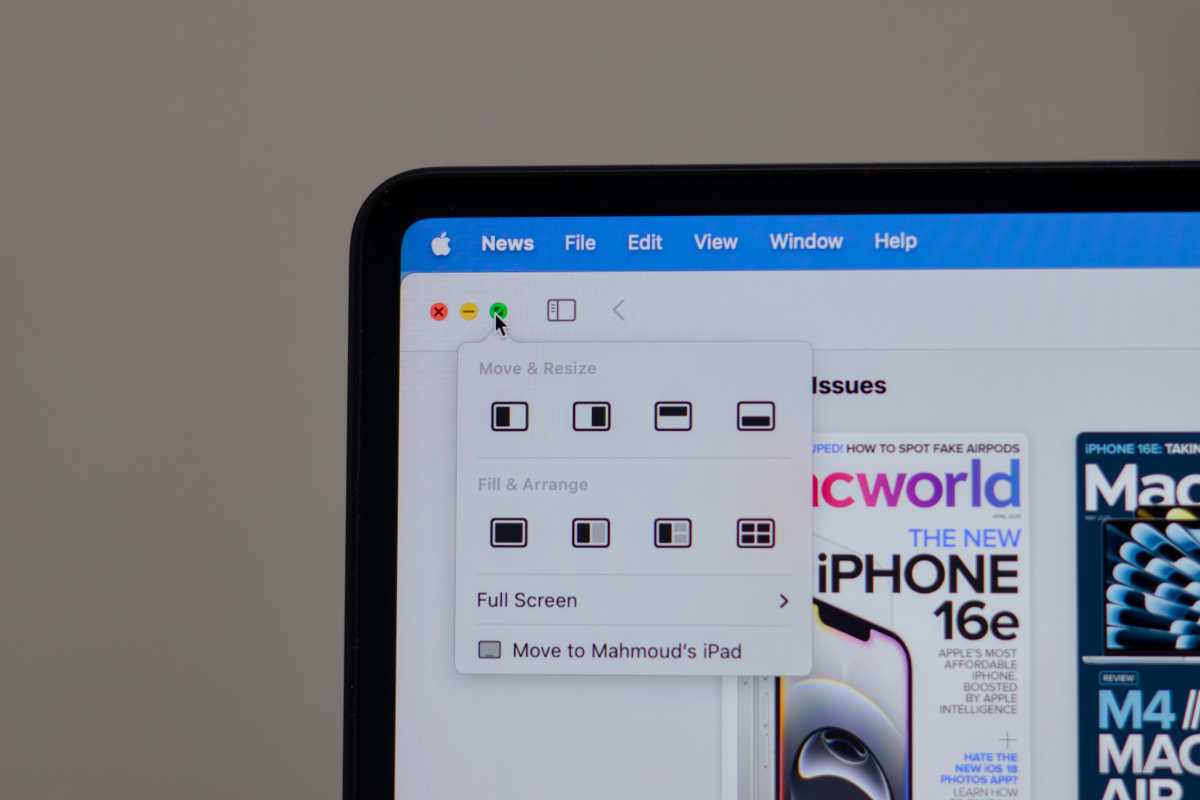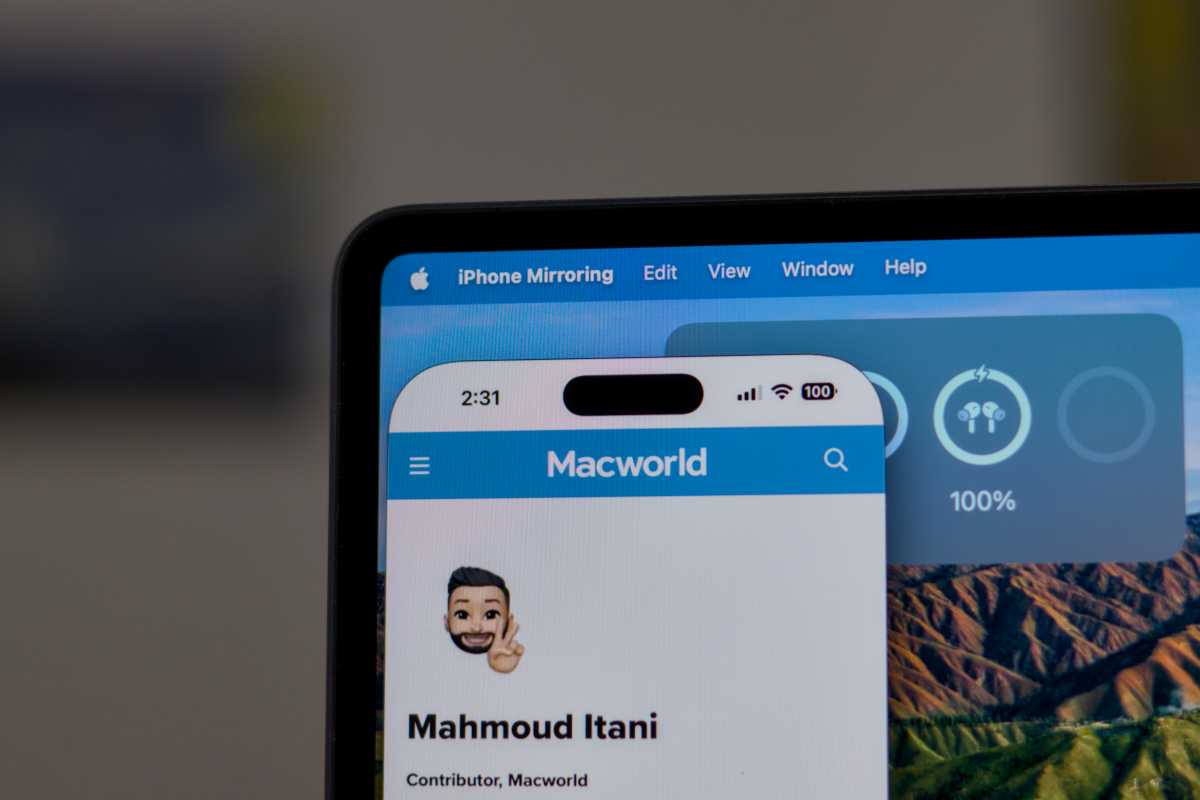Whether or not the iPad can replace a MacBook often depends on what you do. For students and professionals, the iPad Pro’s superior display, Apple Pencil input, and portability have made it the ideal productivity device. It worked for me; I earned my college degree and worked as a TV script translator while relying solely on an iPad. However, anyone with a more complicated workflow beyond reading, researching, writing, and illustrating like I did won’t find the iPad a suitable platform for work.
Today, flagship iPads pack Apple’s M-series chipsets, similar to those powering the latest Macs–iPads are powerful. It’s iPadOS that prevents the tablet from truly being a viable option to a MacBook. iPadOS 19 is rumored to address some of these shortcomings by improving multitasking, productivity, and window management. That sounds great, especially if Apple brings over these nine macOS features to truly unlock the iPad’s full potential.
Break the App Store shackle
In the Apple ecosystem, macOS is the only Apple operating system that officially permits users to install apps from sources other than Apple’s App Store. If an application fails the App Store’s unforgiving screening process, developers can still distribute it independently. This enables Mac users to install third-party apps that don’t necessarily comply with Apple’s guidelines.
In contrast, iPadOS users outside the European Union are currently restricted to the app selection available on Apple’s storefront. If your workflow depends on a noncompliant or niche app, there’s no straightforward way to obtain it on your iPad–a dealbreaker for many. To truly match desktop flexibility, iPadOS 19 should support direct app installation.
Enhanced window management

macOS’s strength is its window management, which goes beyond what iPadOS offers with organization.
Mahmoud Itani
While iPadOS currently supports resizable app instances via Stage Manager, the feature is too limited compared to the Mac’s window management. The execution feels wonky and pushes me to use the traditional Split View and Slide Over multitasking features. iPadOS 19 should make multitasking more practical by adopting a macOS-like approach that’s fully optimized for the company’s tablet.
Multiple user profiles
Another essential feature is support for multiple user profiles on iPadOS. Apple has already built and shipped this feature, but it’s limited to iPads managed by educational institutions. The company could effortlessly make it available for all users, but it chooses not to. This makes it challenging for family members to share a single iPad, as you can’t easily separate individual apps, data, and settings.
Improved cursor
Another iPad annoyance is the bloated cursor when using a mouse or trackpad. For those unfamiliar, iPadOS’ cursor is significantly larger than that of macOS and features a magnetic effect that pulls it toward UI elements. This is totally expected, as iPadOS is a touch-first OS with large targets to accommodate human fingers. Though with iPadOS 19 and macOS 16 rumored to adopt similar looks, now is Apple’s chance to finally develop a more intuitive pointer.
Upgraded built-in apps
Ever since iOS and iPadOS split, Apple has distinguished its own iPad apps with new UIs exclusive to the larger displays. But functionally, these apps continue to mimic the iPhone and its limitations. So, macOS-only features, like Smart Playlists in Apple Music and system file browsing in Finder, are absent from the iPad. To lure power users, iPadOS 19 should upgrade system apps by porting some of the Mac’s unique offerings.
Extended work environments

An iPad that could support multiple monitors and workspaces like a Mac would make it a more viable workstation.
Mahmoud Itani
Speaking of power users, the premium iPad Pro M4 still limits you to a single external monitor. Meanwhile, Macs support multiple screens and desktops. This lets users jump between different sets of opened apps by creating several environments with distinct layouts based on the tasks they’re focusing on. Without these functions, iPadOS remains a terrible platform for getting serious work done.
Compatibility with Mac software
The highest-end iPads now use the same processors as Macs. Yet, while macOS can run many iPad apps (it’s up to the app developer to allow it), iPadOS can’t run Mac software. Consequently, those relying on desktop-exclusive apps, like Xcode, can’t completely ditch their Macs.
Similarly, those who already bought lifetime licenses for Final Cut Pro and Logic Pro on macOS can’t access these tools on their tablets without paying recurring subscription fees for the mobile editions. Apple could realistically address this limitation and expand the iPad’s app library by supporting Mac software on iPadOS 19.
Continuity features
The Mac offers special Continuity features that work seamlessly with iOS. With macOS Monterey 12, Apple added support for AirPlay receiving, letting you cast media from your iPhone to the computer’s larger display. And with macOS Sequoia 15, the company introduced the iPhone Mirroring app, enabling users to fully control their iPhones, view iOS notifications, and more. Both of these features are missing from iPadOS, further chaining its potential.

Mahmoud Itani
iPhone OS tools
Other macOS exclusives that stop many users from switching to iPadOS are the iOS management tools. Macs let you back up, restore, or update an iPhone using a wired connection. While newer iPads can repair your bricked iPhone wirelessly, they’re incapable of creating local, full-device backups. Similarly, they can’t update your iPhone’s OS when it doesn’t have sufficient storage to download the package over the air.
Tempering expectations
I’ve made peace with the fact that most of these features likely won’t make it to the iPad anytime soon, if ever. Apple knows that adding them could cannibalize Mac sales, since fewer customers would feel inclined to pay more for a real computer.
The iPad seems to be stuck in limbo, and I struggle to figure out where it’s heading. There’s no denying that every annual OS update makes the device slightly more powerful. Regardless, its software features continue to underperform when compared to Windows tablets. I had high hopes when Stage Manager was first announced, only to be disappointed by the same main set of limitations soon after trying it. For this reason, I’m skeptical about iPadOS 19 meaningfully elevating the experience. I think the iPad is doomed to remain a stretched-out iPhone with fancy branding just to pad quarterly earnings reports.


